Check out this list of constellations you can see from the Pacific Northwest this summer
Have you ever noticed a constellation while driving at night and wondered what it was? Or looked up after dark and wondered what you were looking at?
The night sky appears is constantly changing, moving in a predictable cycle. This is a reflection of the Earth’s orbit around the sun. If you know what to look for and when, you can identify constellations in your view.
Here’s what to know about constellations and stargazing in the Pacific Northwest.
What is a constellation?
Constellations are official groupings of stars that form easily-recognizable patterns or pictures. If you’re knowledgeable enough, you can use constellations to orient yourself. There are 88 officially recognized constellations.
This is different from an asterism, which is also a grouping of stars. These groupings might be well-known, like the Big Dipper, but are not official constellations, like Ursa Major, which contains the Big Dipper. While there are some criteria differences, the main difference between an asterism and a constellation is recognition from the International Astronomical Union.
Stargazing in the Pacific Northwest
Stargazing has been a popular hobby as far back as ancient times. With just a few basic tools and some starter knowledge, anyone can pick up an ability to read the stars.
One of the first steps you’ll have to take is choosing your viewing spot. Where you decide to stargaze from makes a big difference, as light pollution greatly impacts what you can see. If you can get away from light pollution, you’ll have a better view of the sky. The Bortle Scale is an astronomical tool used to measure the sky’s darkness in a given location. Class 1 is the darkest, where you’ll have the best views, but Class 9, the lowest, also has opportunities for finding constellations.
You might want to bring a compass, binoculars or a star chart, or all of the above. The ability to orient yourself will make it much easier to locate constellations, and binoculars are a cheaper alternative to a telescope. Star charts are maps of the constellations, planets and more, allowing users to know when they’ll see what. They work as a wheel, so spin it to the date you plan to stargaze — the chart should resemble the sky that night.
If there is any astronomy term you should know before stargazing, it’s zenith. The zenith point is the point directly above you as you stargaze, making it a helpful reference.
There are also apps and virtual star maps you can use.
Constellations you can see now
This summer, you’ll be able to see many constellations in the Pacific Northwest.
▪ Aquila
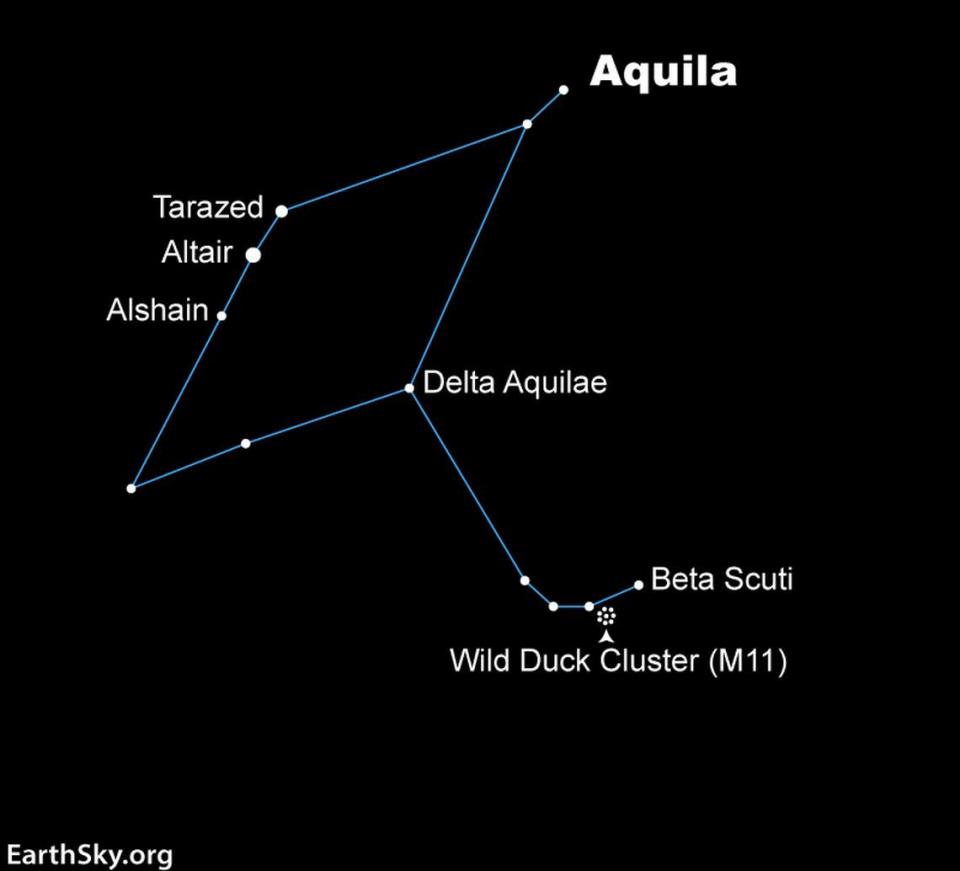
Through summer, face east and look just above the horizon. Aquila looks kind of like a paper crane and represents an eagle. It will shift along the celestial equator, so as time goes on, face more southeast and look higher above the horizon.
▪ Bootes
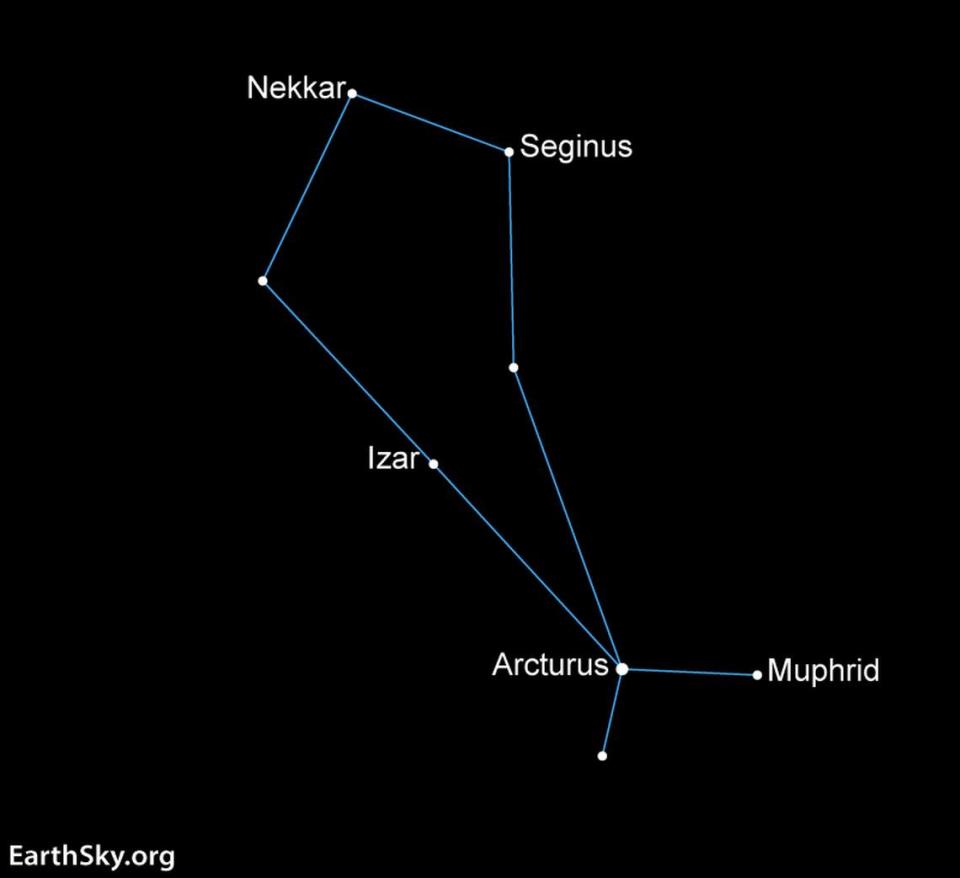
Nearly directly above you, Bootes is pulling slightly to the south but should be visible in even lit cities. As the name suggests, it is shaped like a boot. It’ll shift west throughout the summer, turning so it looks like a kite.
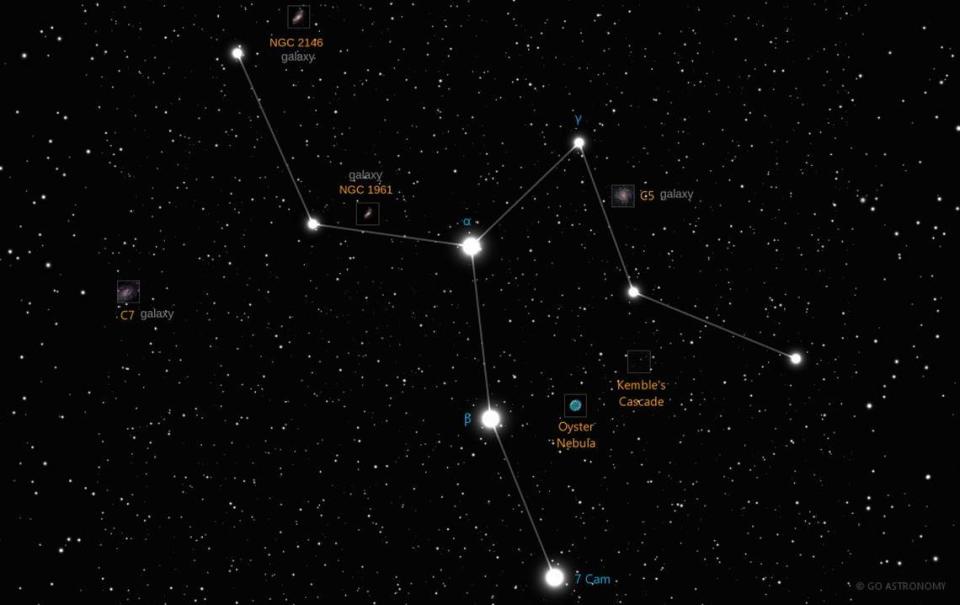
One of the more faint constellations in the night sky, face north and look just above the horizon to spot Camelopardalis. It’s meant to represent a giraffe, with stars connecting two long legs to a base and extending neck. Throughout the summer, it will shift northeast.
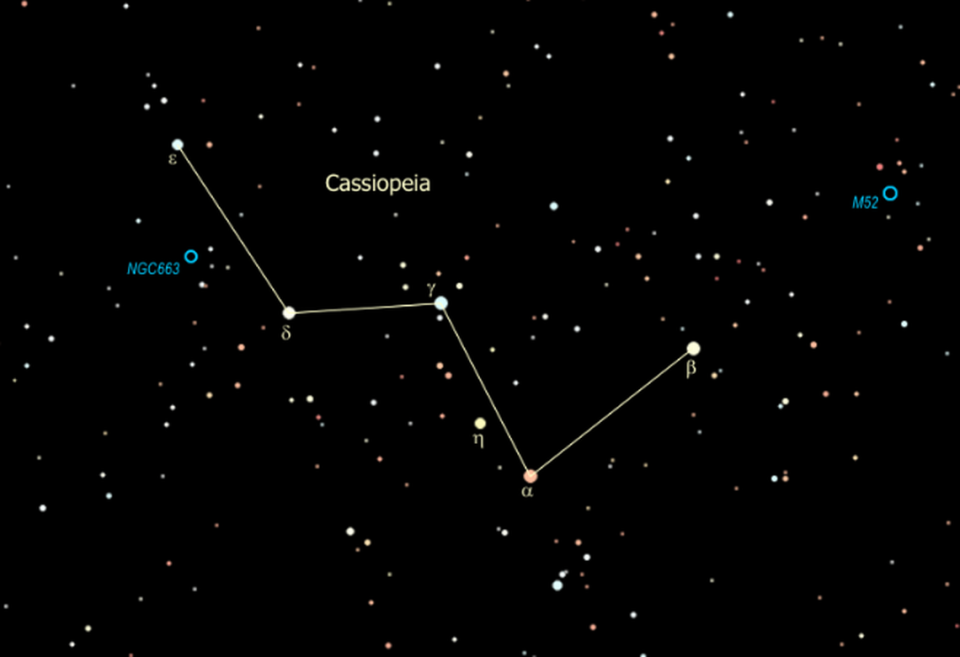
A popular and fairly recognizable constellation, Cassiopeia is great for those starting out stargazing. Face north, slightly more northeast than Camelopardalis. The bright constellation forms an M, 3, E or W, depending on your direction. It’ll pull northeast through July.
▪ Cepheus
Higher from the horizon than Cassiopeia is Cepheus, which almost looks like an ice cream cone. It won’t shift much over the summer, just pulling a bit further from the horizon.
▪ Cygnus
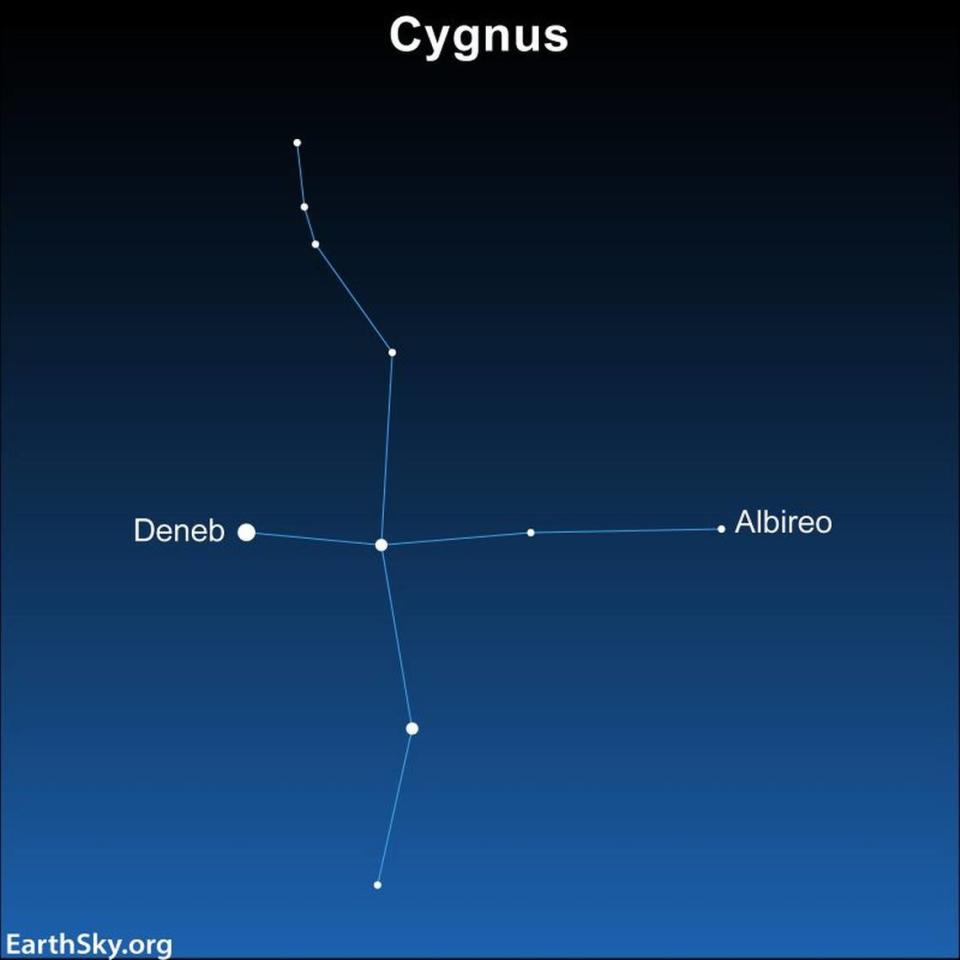
Cepheus isn’t far from Cygnus, which you can see by facing east, turning a touch north, and looking about halfway to the Zenith point. Its brighter stars form a cross, interpreted as a swan. By the end of the summer, it’ll be even closer to the Zenith point, so face east and look almost straight up.
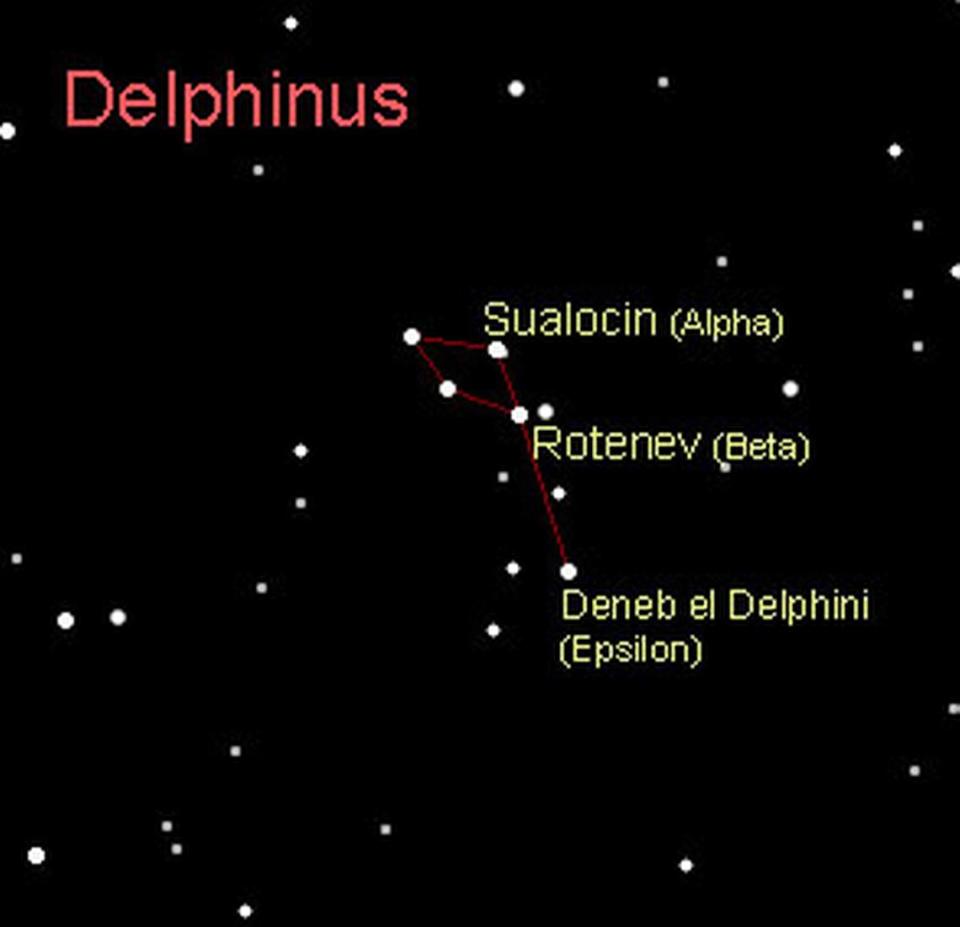
One of the smaller constellations, Delphinus is a little more difficult to make out. It starts in early July just above the horizon, so just face east to spot the stars shaped like a magnifying glass. By the end of the summer, it’ll be higher in the sky.
▪ Draco
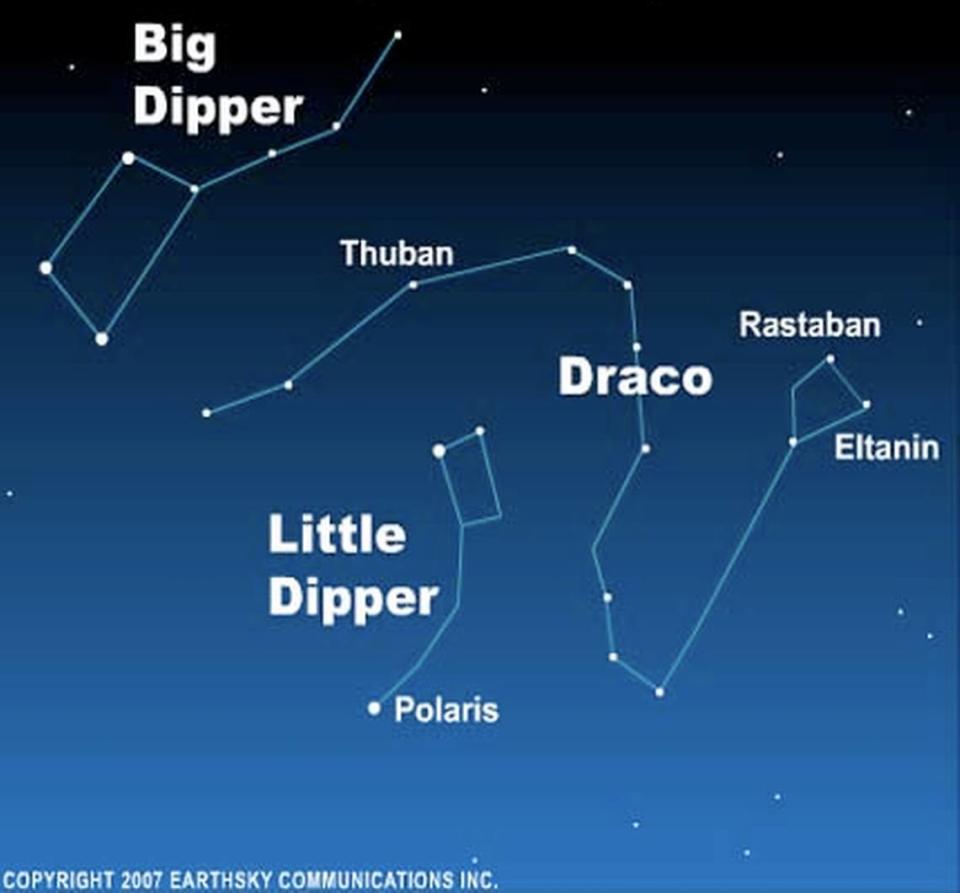
Face north and look almost directly up to the Zenith point to find this large constellation reminiscent of a dragon. Its tail is wedged between Ursa Major and Ursa Minor, leading to its head, northeast of the Zenith point. The dragon will shift on a northwest trajectory through the summer.
▪ Hercules
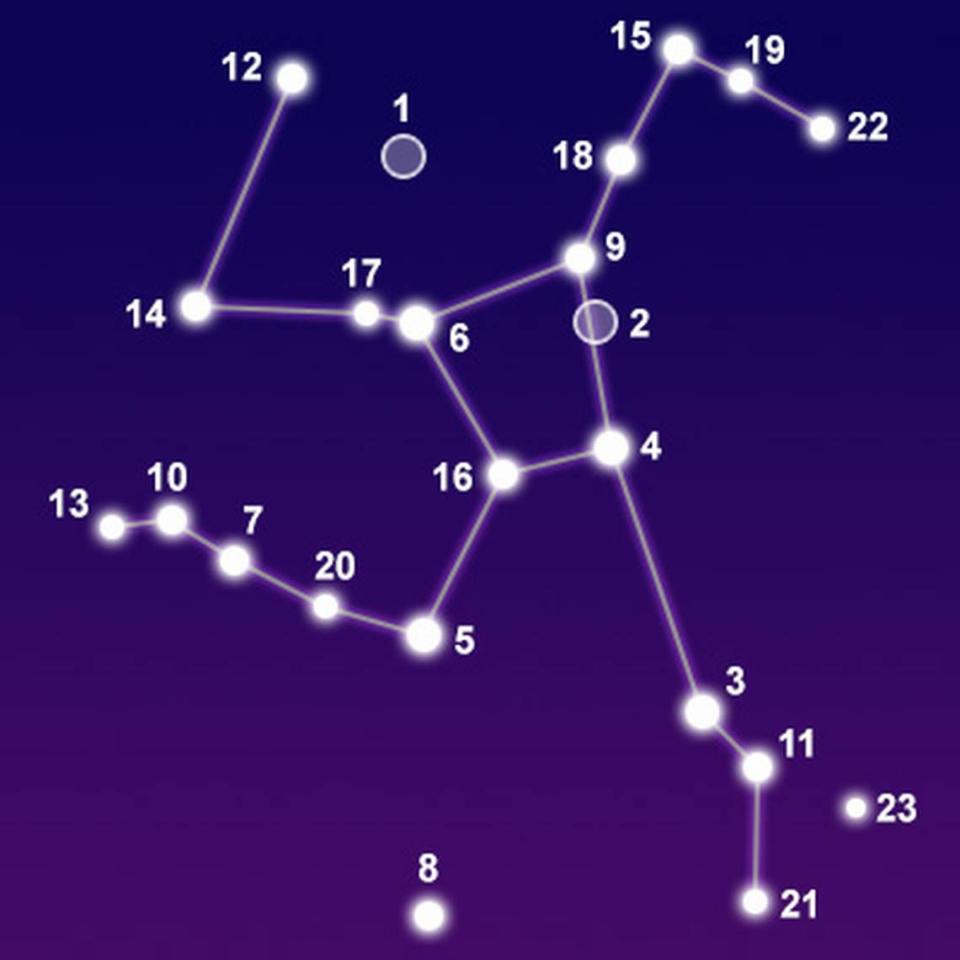
As one can probably guess, the Hercules constellation kind of looks like a really strong man, a stick figure flexing with something in his hand, like a club or sword. You can find him just south of Draco, whose head is near Hercules’ foot. Fairly close to the Zenith point, just a tad east, Hercules will turn as the summer goes on, ending it southwest of the Zenith point.
▪ Leo
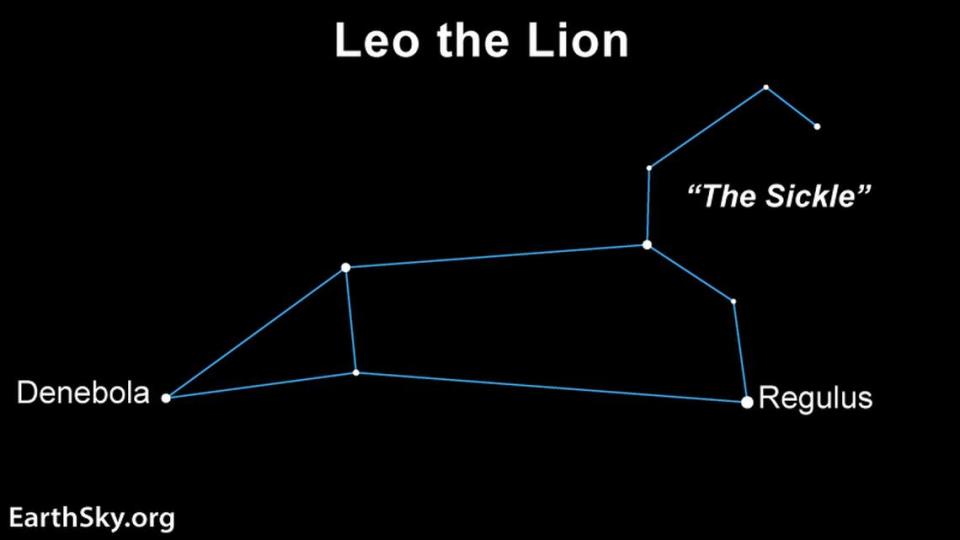
Anyone born between July 23 and August 22 can see their affiliated constellation by facing west and looking above the horizon near the start of July. The Leo constellation creates a lion and is one of the largest constellations. Near the lion’s front feet, you’ll be able to see Mars and Venus for most of July. Leo will be heading out of view, moving west along with Venus. It will leave the view from the Pacific Northwest in early August.
▪ Libra
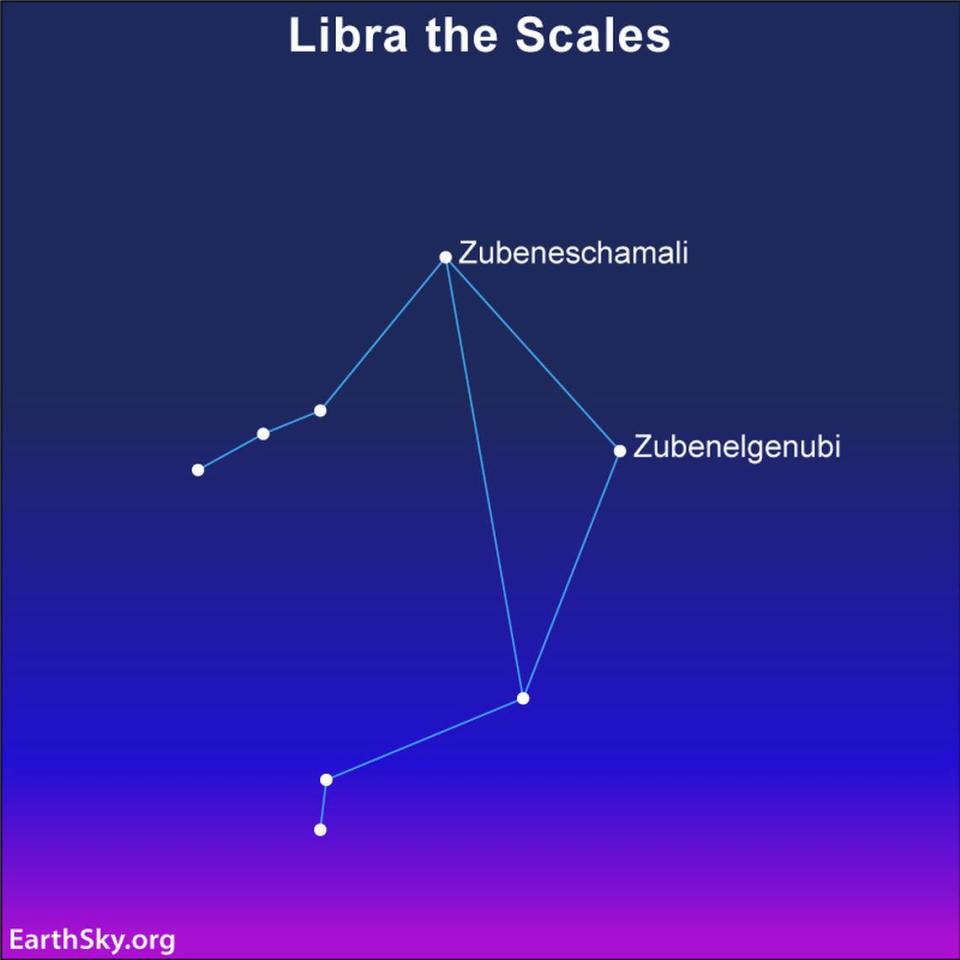
Or if your birthday is between September 22 and October 23, spot your sign’s constellation by facing south this summer. The Libra constellation is more faint than Leo, so it may be harder to spot. Meant to represent weighing scales, it might look like a lopsided A. It’ll shift west over the summer, eventually out of view.
▪ Lynx
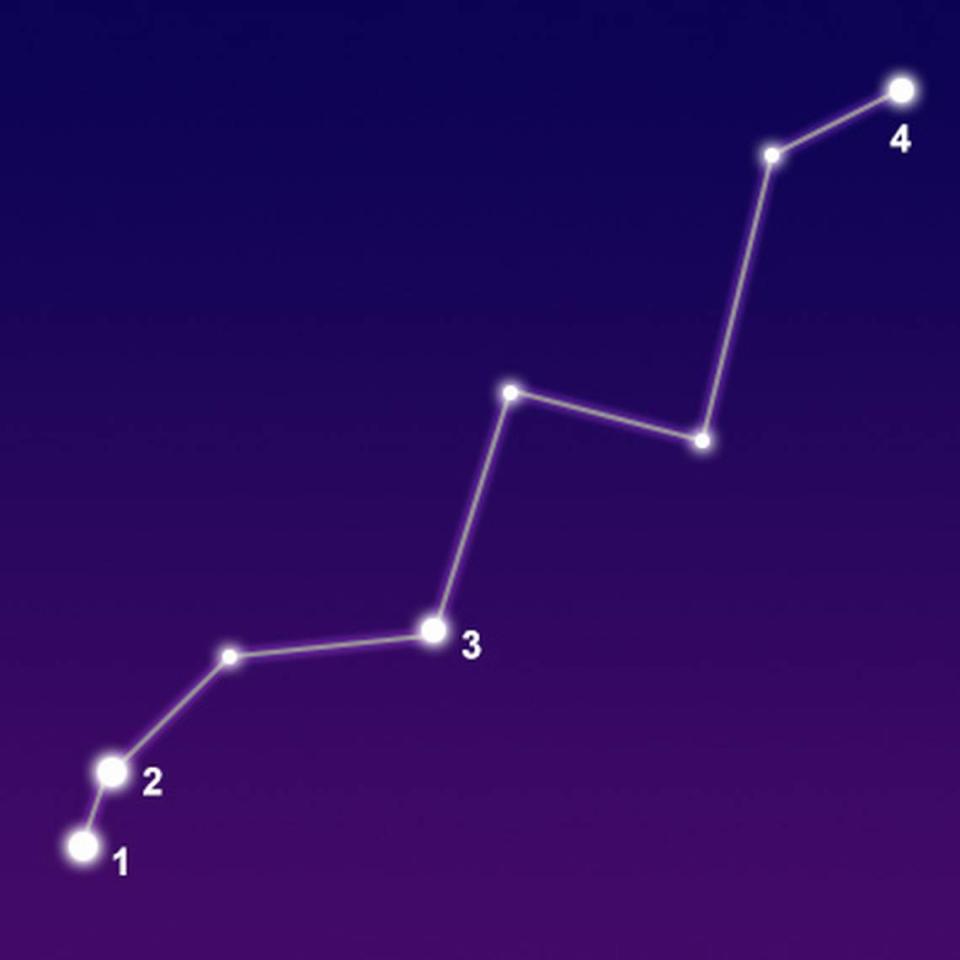
Face northwest and look just above the horizon to see the squiggly-line constellation that is Lynx. If you see Ursa Major, you’ve looked too far up. It’ll shift north through July and ends August partially visible to the north.
▪ Lyra
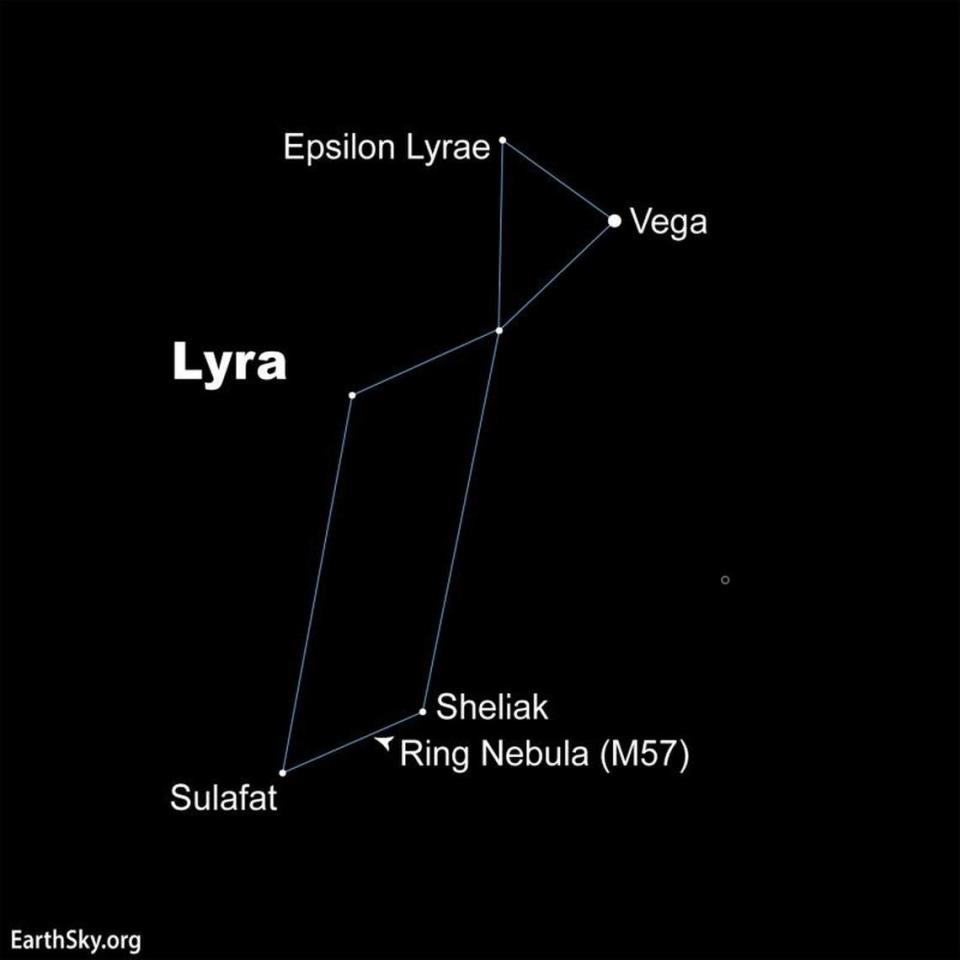
Another small constellation, Lyra is a bit bigger than Delphinus. Midway between Cygnus and Hercules’ knee, the fish-shaped constellation start July east of the Zenith and shifts west through the summer.
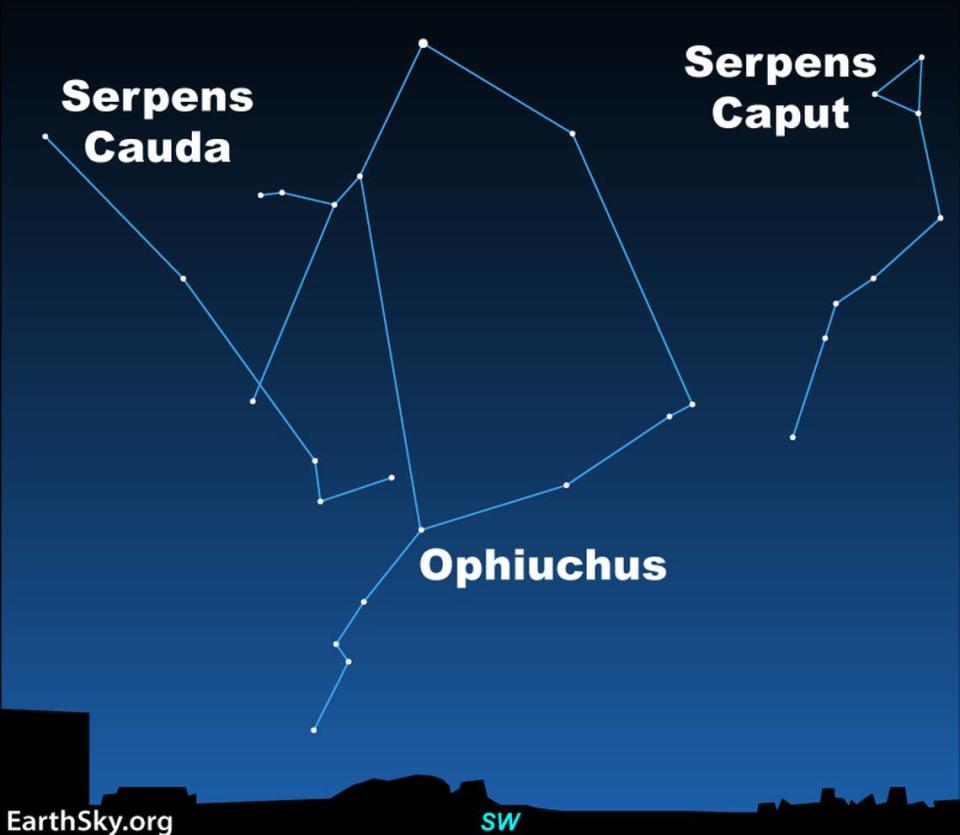
Wedged between Aquila and Libra, Ophiuchus is one of the largest constellations. Face southeast and look above the horizon, not as far up as Hercules to spot these stars. As the summer goes on, the constellation will shift west.
Ophiuchus is connected to the Serpens, so if you find one constellation, you can follow along to the other. Ophiuchus is meant to resemble a standing man with a snake in his hands, as Ophiuchus is derived from the ancient Greek term for serpent bearer. There are two pieces to the Serpens constellation, the snake’s head and its tail.
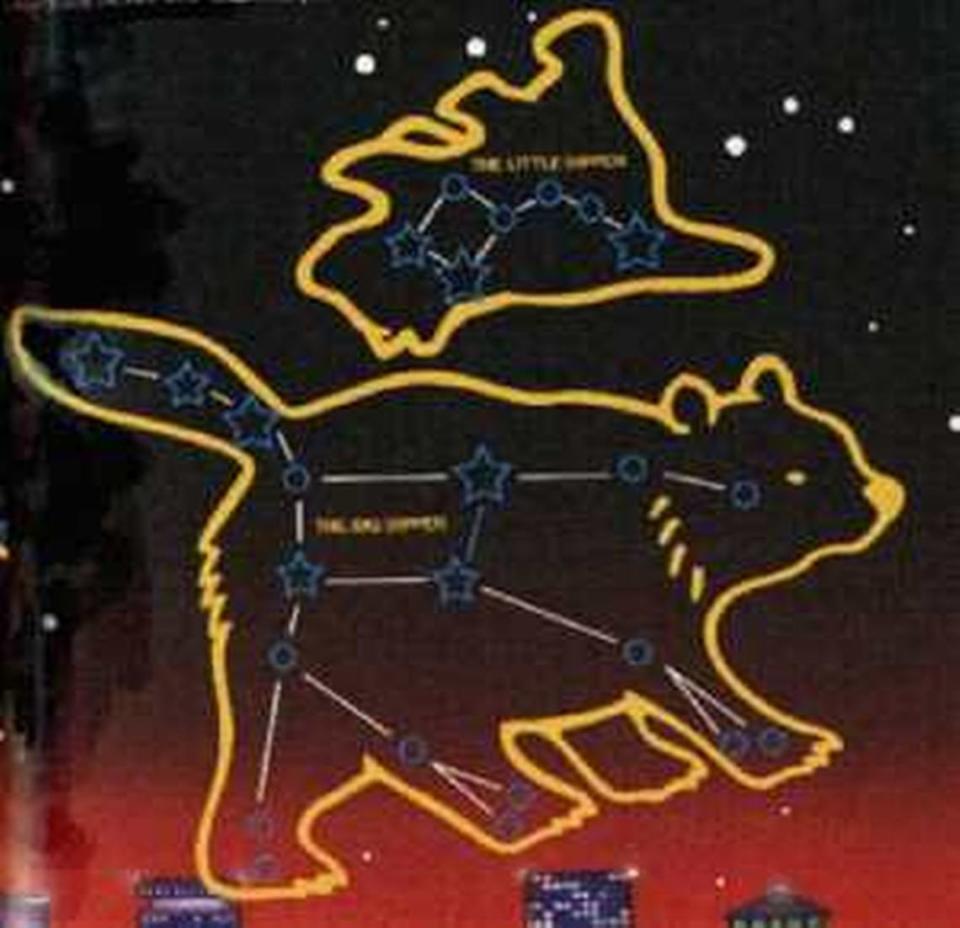
If you know how to spot the Big Dipper, you’ve already found Ursa Major. The Big Dipper makes up part of the constellation, whose name means Great Bear. The constellation forms a bear, and Ursa Minor is its cub. You’ll find them north of the Zenith point.
▪ Virgo
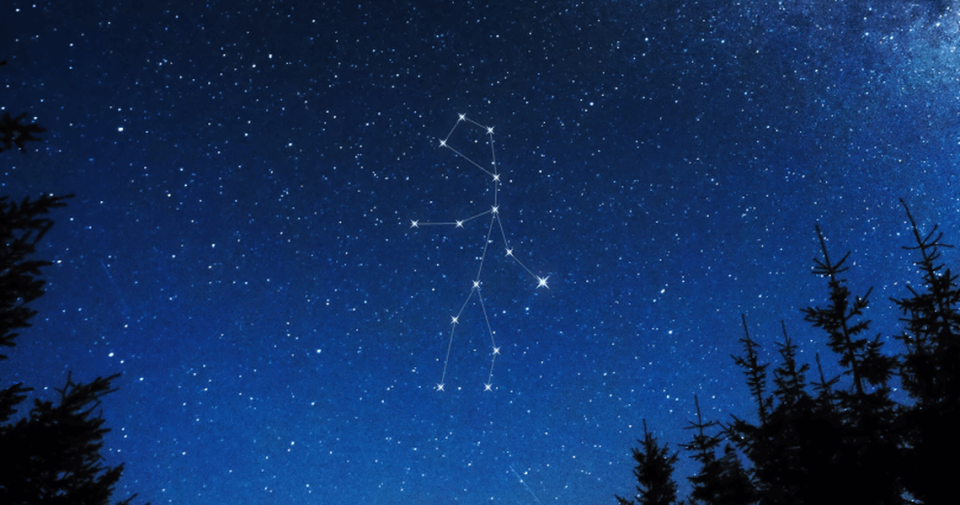
If you were born between August 23 and September 22, your constellation will be visible until Septemeber. Face southwest and look between Ophiuchus and Leo to find the stick-figure-esque constellation.

